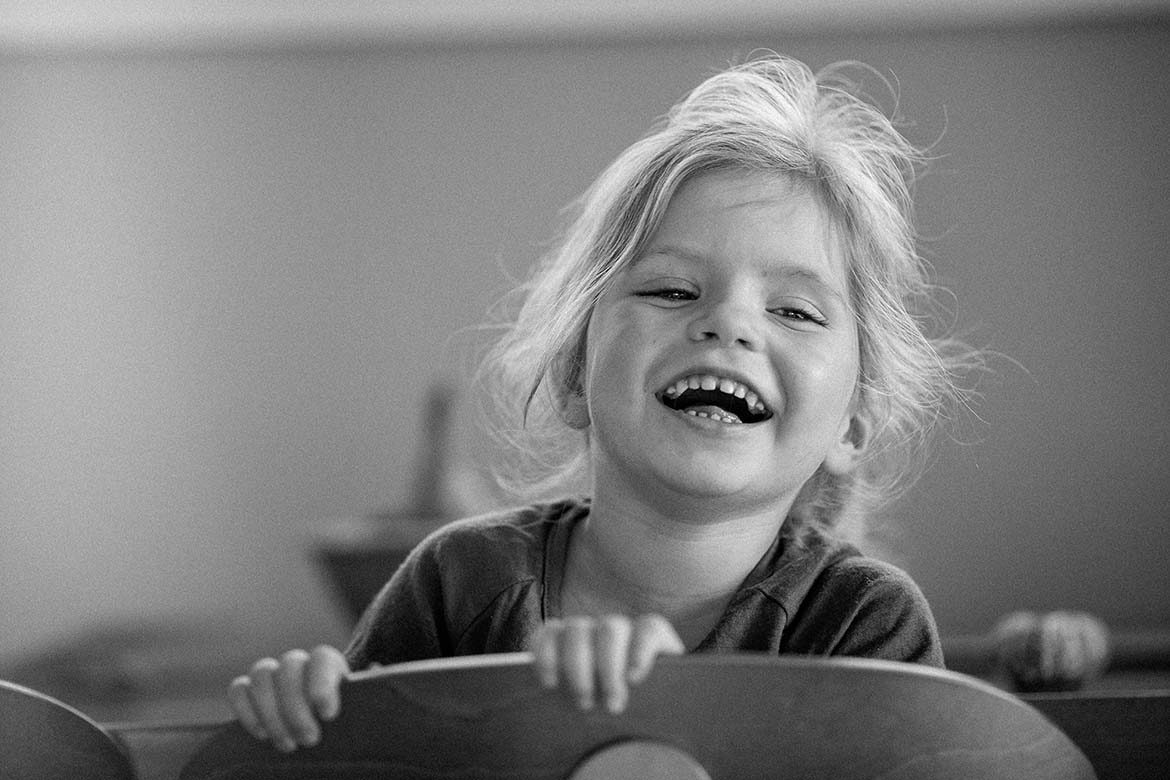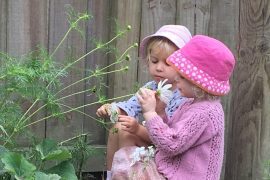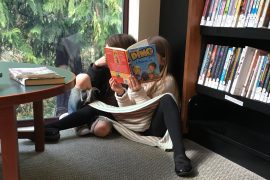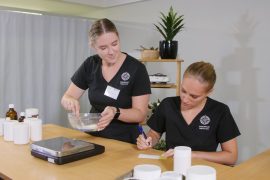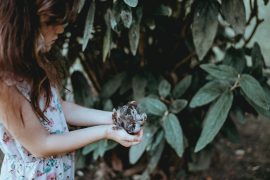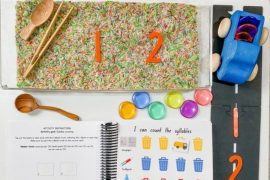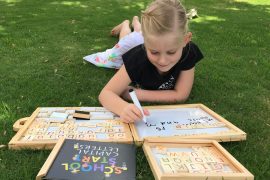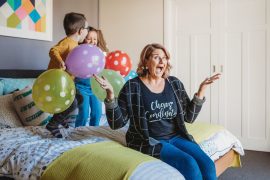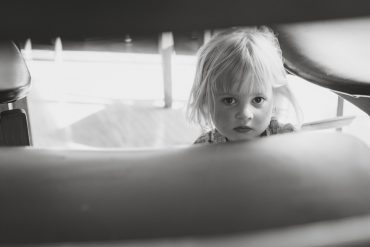By Lisa Hogan
Standard. Average. Typical. Although these words do not necessary reflect that of a ‘bad’ choice when it comes to education and teaching, it may not be the right fit either. Have you even had your child come home wanting more? Bored? Or simply, a reluctant learner? Often, when our children feel uncomfortable, we do what we can to assist and guide them to either coping or developing strategies to enhance their comfort level. When all else fails, we may even change or alter the environment. If this is how we model ‘ life navigation’ for our young ones, why do we get caught up in having them conform to the typical classroom? We live in an age where we are blessed and cursed with the abundance of knowledge and accessible information. This knowledge of raising and educating children allows us to have option, choices and make informed decisions. Honestly, how did our great, great grandmothers navigate schooling options? They simply didn’t, they trusted their instincts and I encourage you to do the same. With the combination of educating yourself and trusting your instincts, alternative schooling options may be in your horizon.
With the ever-changing curriculums, theories and personal opinions of many it can be challenging to determine which the best fit for you, your program and essentially your children. A personal favourite, embodies mind, body and our physical environment.
Here, we take a glimpse into the Reggio Emilia approach, one that emerged towards the end of World War II. The name Reggio Emilia come a city in Northern Italy.
“The legend goes, some parents built the first school with proceeds from the sale of a tank, a few horses, and some trucks” (Wylie, 2004).
The focus of this approach is the child…Sound familiar? But wait! What is unique about the Reggio model is not only do we focus on the child, we allow them to take the lead.
“Its founder, Loris Malaguzzi (1920-1994), espoused social constructivism as in the work of Piaget, Vygotsky, and Dewey” (Johnson, et al., 2005).
Through keen observations, anecdotal notes and conferencing with the child we gain further insight into the child and their interests. With the collaboration of the educators, community members, other parents and the children we learn each other’s needs and how we can support one another in this experiential style of learning. Communication is the cornerstone for success. If we are learning through the child than we need to include the child in the project-based learning process.
We live in a society that needs proof: proof of success, proof of moving ahead, proof of people doing their jobs. The proof that children are successful has been developed through report cards. Is this really the best model? In the Reggio approach assessments are not devised from a report card and standardized comments but a collection of drawings, paintings, sculptures, photos, videos and sound recordings. These examples provide an in-depth view of child’s progress.
This sound great, but how can I implement this model?
Although theme-based curriculum provides a sense of comfort and routine for many educators and parents alike, it is important to allow yourself to dive into the not-so-familiar and take the lead from the child. As educators, we know that many in society underestimate the mind of the early child but as educators, we know better. These inquisitive little minds are sponges to the opportunities we allow them to explore in. Providing open-ended materials is a great way to get started and for educators to still feel ‘safe’ with this practice. Another great way to examine the child’s interests is by observing play, both inside and outside the classroom environment.
Take the children for a walk, observe what they are looking at, and take note of the questions they ask. For example, if you happen to talk a fall walk excursion, note their verbal and non-verbal cues. Do they appear cold? Do they smell the leaves? Did they pick up an acorn? Once you have determined a point of interest, bring in the real materials that reflect their interests from your observations. Choose books, develop songs and poetry together based on their experiences, and create centres that allow them to mimic the behaviour that occurred of the excursion.
Once children are able to make connections to their learning, their comprehension is deepened and the learning is authentic and rich. These benefits are much greater than you would get out of a pre-determined unit of pre-cut shapes and booklets.
Things to keep in mind when setting up the classroom environment:
- Try to avoid set ‘examples’. Open ended materials are the key to exploration.
- It is OK if they painted a brown bear purple.
- Bring nature into the learning environment such as rocks, pine cones, sticks. Use these materials to draw, paint, count or tell stories with.
- Make it cross curricular. Math manipulatives ARE allowed to venture off the ‘math table’.
- Create open spaces, allow for flow instead of closed off spaces.
- If you are fortunate enough to have a room with windows, keep the blind open and let the world in.
- Include yoga mats in the language/reading corner – this provides a safe, cozy and easy to clean space.
- Stay organized. With all those observations you will need to have a couple things on hand such as file folders, clip boards, digital camera, voice recorders, etc.
- Work together. If you are fortunate enough to have more than one educator in the room, use this to your advantage. Develop a game plan in terms of observations and planning.
- Take real photos of centres and other equipment in the room and label.
- Post photos of the children in the classroom exploring, learning and when out on excursions.
- The atmosphere in the class should be light, full of energy and optimism and ooze of creativity from both the children and educators.
So get out there. Create memories, magic and moments!
Lisa Hogan, MEd., BEd., OCT, BASc. & ECE, lives in Ontario, Canada.

